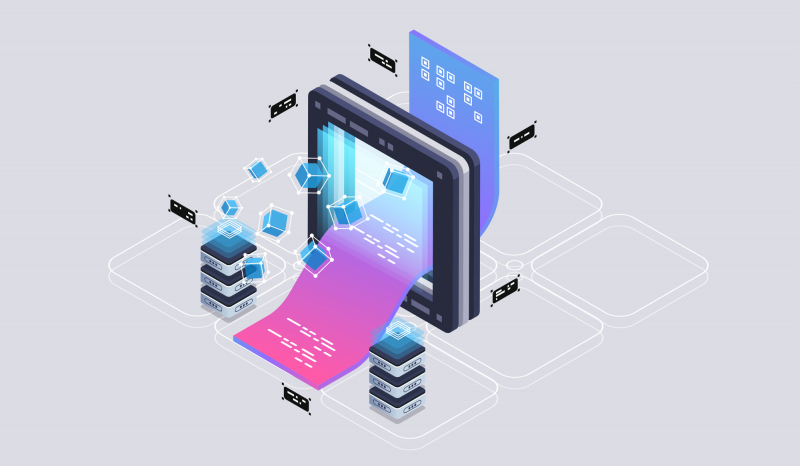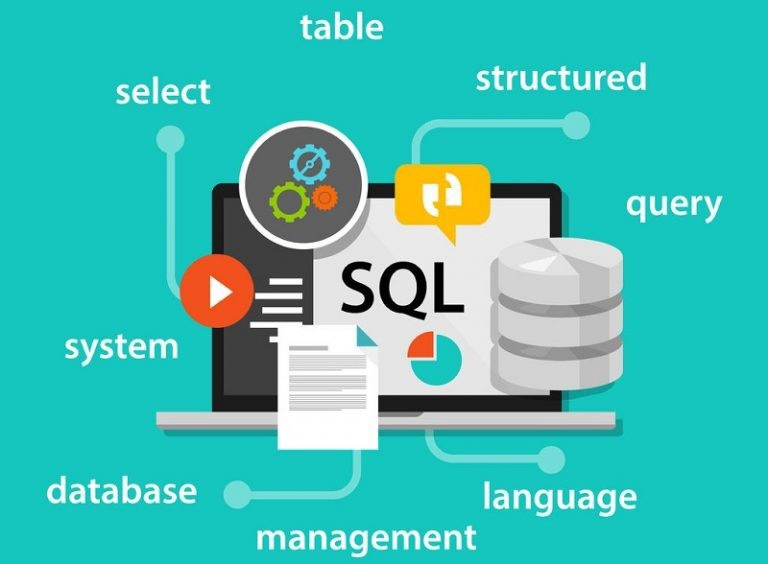SQL
SQL is a computer language developed for managing data in an RDBMS - or for data stream management system. It is especially helpful in manipulating data sets, i.e., data that has relations between entities and variables.
SQL has two major benefits over the previous read-write APIs like ISAM and VSAM. First of all, it first introduced the notion of gaining access to several records with a single command. Secondly, it also sidesteps the need to declare how to access a record, such as with and without an index.
Originally based on boolean calculus and tuple relational algebra, SQL includes a variety of statements that can be classified informally as sublanguages, typically: data query languages (DQL), data definition language (DDL), data control languages (DCL), and data manipulation languages (DML).
The scope of SQL also comprises data inquiry, number crunching (insert, change and delete), data validation (schema development and change), and shared data control. SQL is mostly a sequence of instructions, but it also has procedural components.
SQL was among the first commercial programming languages to implement Edgar F. Codd's relational concept. In his famous 1970 work, "A Relational Approach of Data for Massive Shared Data Banks," he described the model in vivid detail. Even though it did not strictly adhere to the relational paradigm as stated by Codd, SQL has slowly become one of the most used database languages today.
Users: 5.4 million
Website: https://www.mysql.com/







